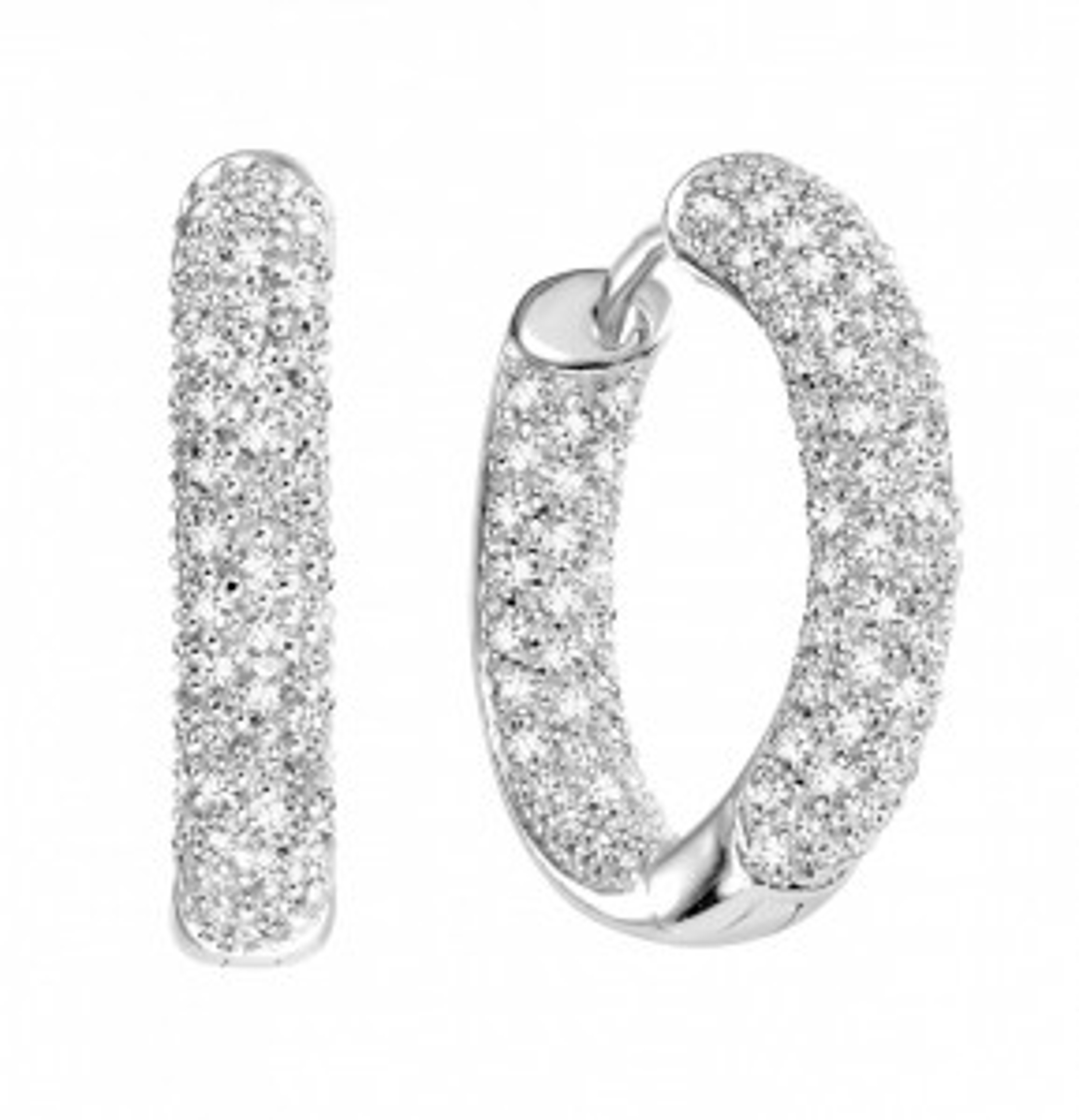Why You Should Insure Your Gold Jewelry
Dec 14th 2018
When you take out an insurance policy on your household goods, be sure to check whether or not your jewelry will also be covered. Many policies cover basic jewelry items, but if they are valued above a certain limit, you need to declare them and usually pay an additional premium. According to a leading US insurance broker, standard insurance policies allow a total of $1,000 for all jewelry, watches and furs. So while there is some coverage, if jewelry items are stolen, damaged or lost, you are likely to pick up only a tiny percentage of what they were worth if you make an insurance claim.
Even if you only have a few items of gold jewelry, you are likely to find that they are worth considerably more than $1,000. So unless they are covered, you simply won’t be able to replace them without forking out your hard-earned cash. .
On the other hand, if your gold jewelry is insured, then the worst scenario will be losing something of sentimental value. At least you will be able to replace your gold jewelry for similar items of the same dollar value.
The cheapest and simplest way to increase your insurance coverage is to purchase an endorsement on the policy that upgrades it. An example would be to upgrade your homeowners’ policy by adding say $5,000 insurance protection for your jewelry. But you do need to check specifics since basic policies will normally only cover certain risks, like fire, theft and windstorms. Normally “all risks” cover is the best bet, but you may need to specify the items to be included in this type of insurance cover. The amount you quote in terms of value will normally have to be according to an official appraisal by a certified jeweler.
Even if insurers don’t demand it, in this instance it’s a good idea to photograph valuable items for your own records.
Because the price of gold fluctuates, you will also need to have the items on your insurance schedule reappraised every few years to make sure you are neither under nor over insured.
So if you have gold jewelry that isn’t insured, now’s the time to consider insuring it.

